Living in a world that is on its way toward collapse can be stressful. Turning on the news, trying to stay informed, can instead paralyze you with fear or frustration. Listening to experts and professionals is really important, but they can sometimes get lost in the data and expect regular people to drastically change their lives without being allowed to ask why.
These changes can range from buying an expensive electric car ASAP to stopping buying cans of our favorite soda.
Instead, there are plenty of things we regular people can do now without making major sacrifices to our lives. Here’s a list of three things you can do immediately after reading this to make a small but solid contribution to fighting Climate Change.
- Read the IPCC reports on Climate Change to stay informed.
- Delete your Amazon Prime account.
- Clean up your local park, hiking trail, or forest.
Changing the world isn’t always about revolutionary action. (that would help, but) We cannot keep pretending that the final straw will come around tomorrow and then we get to go hog wild. It’s a sentiment that I hear a lot in young people—that there exists an event so depraved or so inspiring that it will motivate us all to act.
As much as someone may want that, we have to agree that a sentiment like that demotivates us to act. There’ve already been dozens of events that I really thought would be the final straw, and yet, most of us continue to linger between action and inaction.
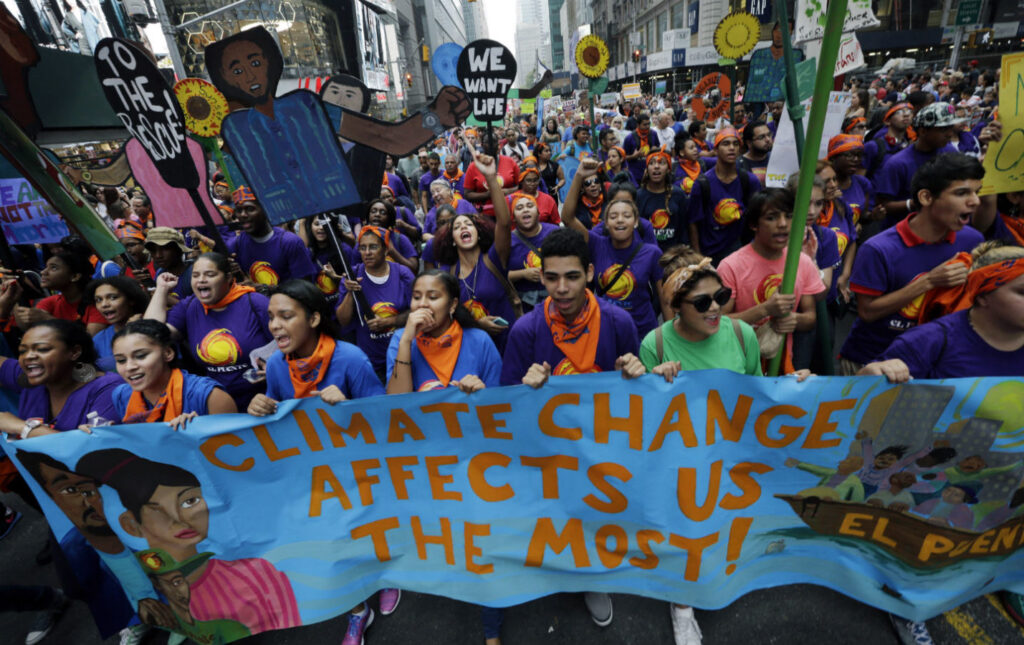
Don’t get me wrong, there hasn’t been a lack of action, but a series of promises that languish shortly after they leave the zeitgeist, just getting around the corner behind the public’s active interests.
Let’s all agree on one thing: Having our attention too far forward can still distract us from what is happening right now.
The world is still workable. We may not have institutional backing in every meaningful way, but starting action on a small scale can do much more to weaken a system than one big, disruptive event.
By weaken, I simply mean diverting cash flow away from typical channels and towards new or helpful ones. We can talk about this in a future post. For now, let’s learn about some things we can all do to help climate change.
1. Read the IPCC Climate Reports
The Intergovernmental Panel on Climate Change (IPCC) is a multinational coalition under the United Nations that disseminates climate change research and its effects on the world, especially the human parts. They release a report almost every year with updates and gathered research summaries.
Their latest project has been their sixth assessment cycle, starting in 2015. It’s produced nine reports on the conditions of climate change in various sectors of human activity. We won’t go through all of them here, but there are plenty of important things to learn from Working Groups I, II, and III. Their synthesis report outlines where the world is at with pollution, global warming, and mitigation measures, with cost/benefit discussed as well.
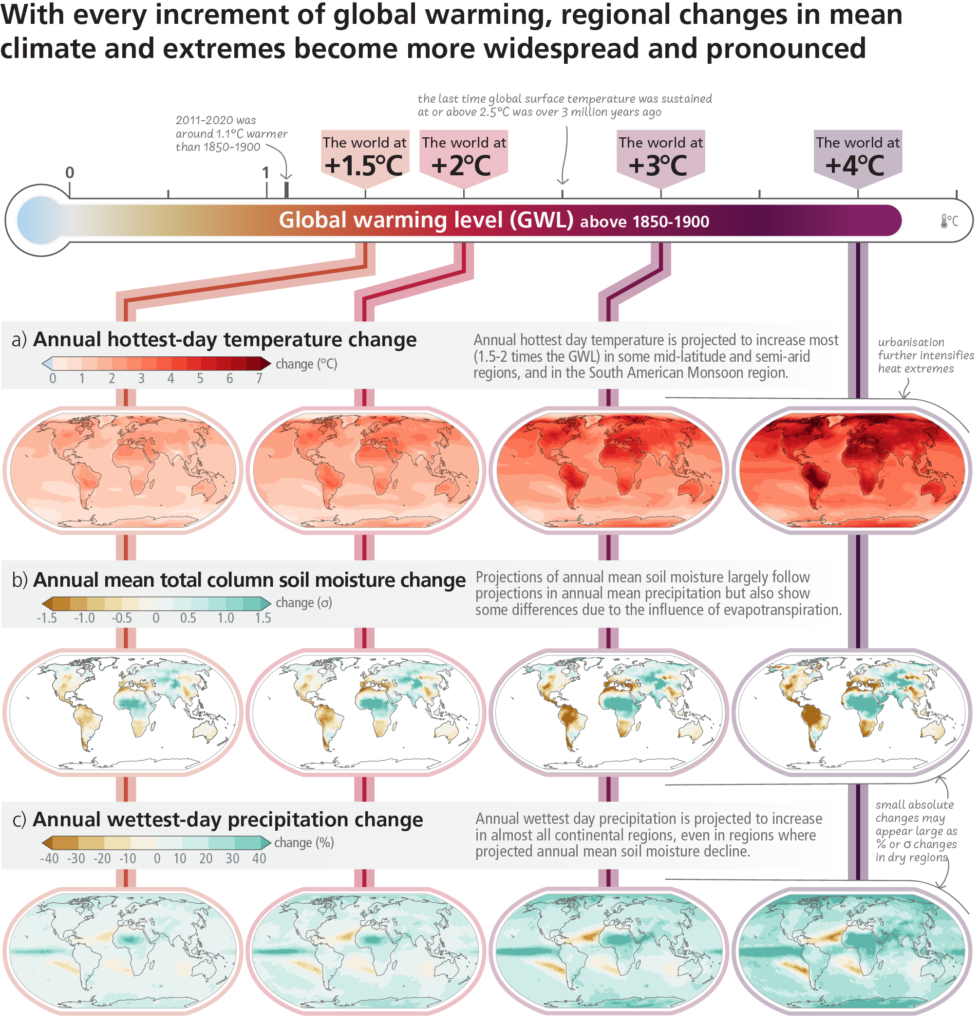
Do not wait until your favorite news channel does a feature on this. Or your favorite YouTuber. Or favorite TikToker. And this list goes on…
Read it yourself. (at least skim it!)
The summary for policymakers is more than good enough for you. You’ll probably pay more attention to this with one solid read than most of our congress members.
You don’t need to take notes or memorize this info, either. This is not for a test.
Understanding the status of where we are on the track of climate change is important for everyone. Knowing what to expect next and what is changing will be crucial to making decisions for our own future.
We cannot continue to trust large media conglomerates to deliver fair and balanced takes on climate change. The ubiquity of capital flow from fossil fuel burners to the media goes suspiciously unnoticed through legal loopholes, like branded content.
Even independent outlets and content creators are subject to taking sponsors from paid advertisers with an anti-green agenda. Pro-pollution campaigns can also be featured in outlets preaching green innovations without realizing it, usually due to the campaigns being well-funded and painted with a green veneer, through a process of mixing astroturfing and greenwashing.
Astroturfing campaigns appear in nearly every corner of advertising and marketing. Companies that want to look more ethical or better for the environment set up a fraudulent “front group” that acts as a grassroots organization, to give the guise of local/widespread support. Meanwhile, their advocacy undermines the progressive values it espouses or appears to support.
Greenwashing is similar but spins existing products, services, or ideas with a green twist, making them much more environmentally friendly-looking to possible consumers.
In line with these two dishonest tactics, the major method by which global polluters have deceived the public is through the invention of the carbon footprint. That’s a whole can of worms so I’ll save this for another post, but for now, remember that fossil fuel companies created the concept of a carbon footprint to shift responsibility onto the individual consumer.
The point is this: mainstream outlets have a responsibility to the shareholders that own them to produce profits above all else. So, if a potential advertiser with deep pockets offers millions of dollars to peddle a false narrative to obfuscate their liability from the public, large outlets might not be able to refuse.
Speaking for myself here—this leaves their integrity and trustworthiness irreparably damaged when it comes to discussing these issues. Even when they do a feature on important climate-related events—from IPCC reports to once-in-a-generation storms—they often leave out the important context of why these events matter.
Having a better understanding of what is happening in terms of climate change is important because if you do not, you will be told potentially misleading details from outlets that do not have your best interest at heart. Read them yourself!
2. Delete your Amazon Prime Account!
This one may be a little touchy for some of you.
I know having the ability to want something randomly and then have it show up on your doorstep is very attractive to some. Amazon Prime has come to represent the epitome of modern convenience.
However, that convenience comes at a cost. Whether it’s reports of urine-filled bottles, heat exhaustion, racial castes, or robots getting better treatment than workers, Amazon’s fulfillment centers and delivery networks have gotten a rather nasty reputation.
To be fair, I know a few Amazon workers personally, and although this is anecdotal, it is worth noting that each of them has told me that they were treated very well during their time there. Simply to disprove the idea that every person that works for Amazon is somehow an evil bootlicker excited to serve Daddy Bezos.
That being said, the evidence of maltreatment, overworking, dehumanization, and alienation is overwhelming.
And that’s not even counting the misinformation they have been spreading over their climate pledges.
Originally, it looked like Amazon was going to be a pioneer in “green capitalism” by decarbonizing its massive infrastructure. And, if you look at their sustainability website, it appears that they are making great progress.
But when even major news sites dug into the details, it was discovered how the largest online retailer only counts Amazon-labeled products towards their carbon emissions—which account for only 1% of their total sales.
By doing this, they were able to report a lower carbon footprint than Target, even though they made four times as much revenue.
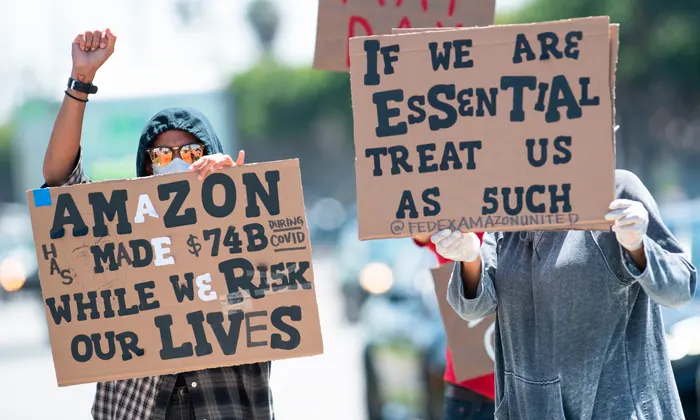
Amazon? More Like Amazoff
Now, let me be honest with you: I still use Amazon sometimes. Their catalog is absolutely massive, and when I find something on there I can’t find elsewhere, or for much cheaper, I usually bite the bullet and deal with the devil.
I hope you can find it in your heart to forgive me.
I don’t condemn Amazon just because of their worker mistreatment, or union-busting tactics, or climate misinformation, or predatory business methods, or monopolization tendencies or… (the list goes on), I condemn them because they have every opportunity to do better, and they still choose to act unethically.
It’s not just about not using their services. It’s about cutting the cord as much as you can and finding other ways of finding what you need. But remember: there is no ethical consumption under capitalism, so it’s best to find locally owned retail options, even if it means spending a few extra dollars, when possible.
Companies like Amazon have great deals and can sell things so cheaply because selling you products is not how they make most of their money. The bulk of their revenue comes from Prime membership and their web services (AWS). If you’re a computer scientist, you may need to use AWS as this service is unrivaled in some respects, but it also can have monopolistic policies (so be careful).
For everyone else, reducing Prime memberships will undercut Amazon’s cut of market share and their power will diminish, and so will their carbon emissions (for the most part).
Go Amazoff!
3. Clean up some local, natural land.
Hiking and walking around nature are amazing ways to spend free time. Fresh air, sunshine, bird songs, a babbling brook. All incredible sensations to experience.
But nothing ruins a nice hike like finding a pile of trash, another hiker’s litter, or pieces of plastic scattered along the trail.
Of course, you can’t pick up everything, but getting what you can out of the area will greatly improve the mood of yourself, anyone that comes in after you, and the wildlife that certainly wants nothing to do without our trash.
Most trails that are popular in your area have local or state volunteers, groundskeepers, or rangers that help in cleaning up, but they can’t do it alone. Smaller and less popular trails normally only get attention a few times a year, if any. Using your time to help pick up at either of these kinds of trails is a major help.
Now, no one is expecting you to go for a hike and return with a dumpster’s worth of trash, but retrieving any amount can make all the difference for wildlife.
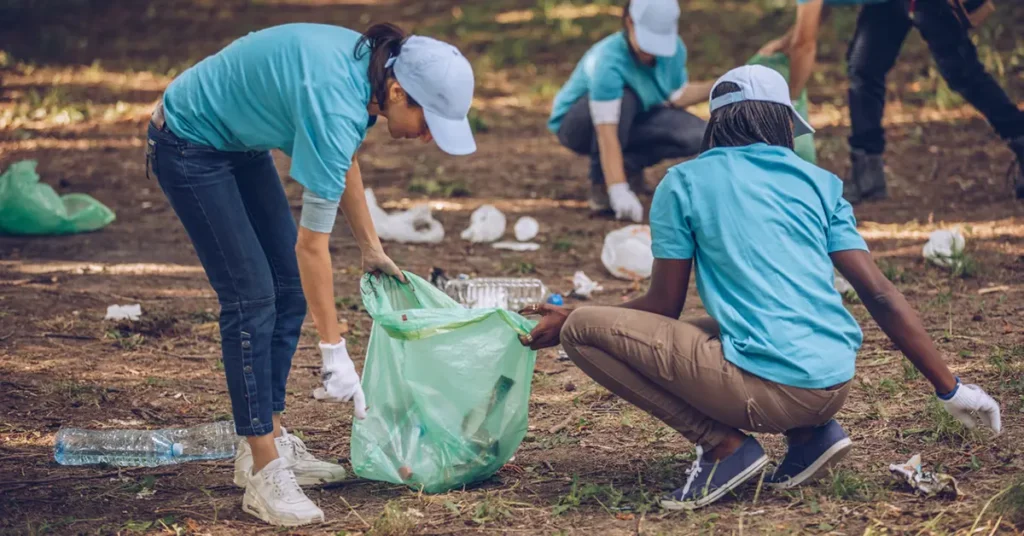
In my experience, there are two ways you can collect trash on trails, casually or seriously.
Casual trash pickup can be done by yourself or with friends. Each person brings a few plastic shopping bags and fills them as they find litter.
Serious trash pickup would be bringing multiple trash bags and gloves, and looking for trash bins throughout the trail.
In either case, make sure you are prepared. If you are doing a serious clean-up, maybe do it on a crappy day to avoid overheating and so there won’t be too many people on the trail with you.
Make sure to bring sunscreen and/or bug spray, plenty of water, a snack if you plan on being there for more than two hours, comfortable and clean shoes, and bring extra trash bags to double them if they get too heavy.
Some more tips
Stay on trail! Do not step off the trail for more than a yard or two to collect pieces of debris. The trails are there for a reason so please stick to them! Disrupting unstable ecosystems by trying to snag a piece of trash can do more damage than leaving it.
Clean your shoes! We live in crazy gross conditions sometimes, so please be mindful of where your shoes have been before entering any hiking trail. You have to potential to introduce invasive species of plants through seeds stuck into the bottom of your shoe or dangerous bacteria living on the shoe’s surface. This isn’t very likely, but being safe by giving your shoes a quick rinse before hiking can make a huge difference.
Bring friends! Having multiple people help you collect trash is one of the best ways to keep the trails clean. Multiple pairs of eyes help find more trash, distribute the amount of work, and can make it a more fun experience for all of you!
Don’t touch broken glass! Cutting yourself on glass deep into a hike is not worth it! Possible injections alone can make anyone regret doing this. Be careful! Same goes for needles or any camp people might have left in the wood. Don’t approach. Let the town’s Parks team handle it.
Always look out for wildlife! Sometimes wildlife will make do with what they have and can nest into pieces of trash or utilize trash for camouflage or shelter. Be mindful of how the trash looks before pulling it up. There could be an animal underneath that will be threatened by you taking away their hiding place. Also, watch for bees!!
You shouldn’t need to wait for Earth Day to want to clean her up. Try it on your next hike, or even when you walk around your local neighborhood park.
Conclusion
These three actions are incredibly simple, something each one of us can do within a week of reading this post. Of course, you don’t have to do any of it. There are plenty of reasons why you may not be able to do these things, and that’s okay.
You’re not Atlas, holding the whole world up on your shoulders. You’re just a person trying to live a good life. You don’t have to dedicate your life to this. It isn’t your fault, but you will have to deal with the consequences.
We all have to. But by helping where you can, when you can, we all have a better chance to actually make the world a better place.
Doing these small and simple things will help kickstart you into climate action and make it easier down the road to do more and be even better.
The responsibility for the climate crisis isn’t on us. It’s on the giant corporations that pollute the Earth and lie about it. But they won’t change. So we have to.

To Figure out what Eric really means, go here.
To see how I define some important definitions, read my glossary.
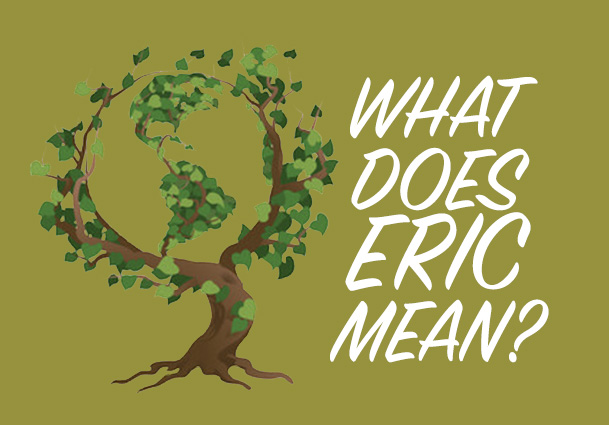
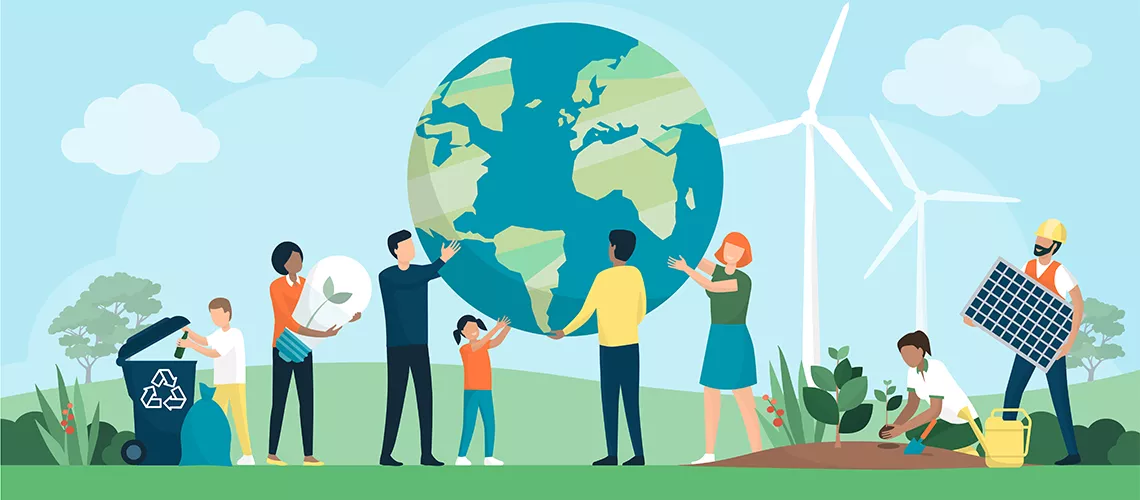
One response to “3 Things You Can Do Right Now About Climate Change”
[…] you want to make a difference in climate change now, here are some easy things you can do right […]